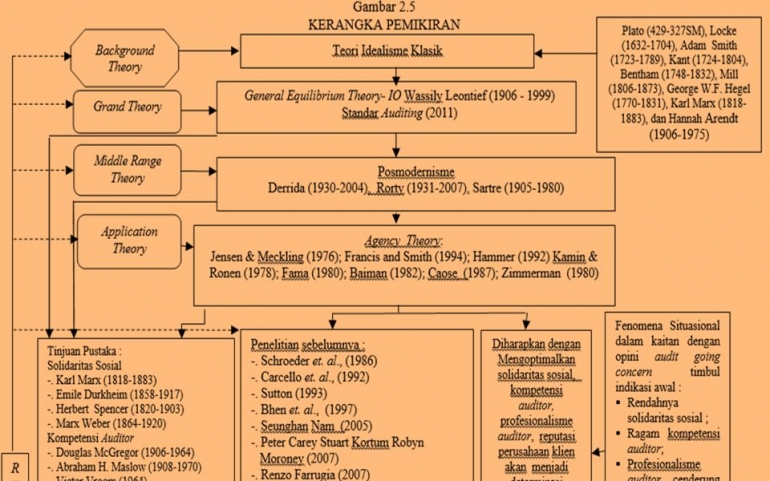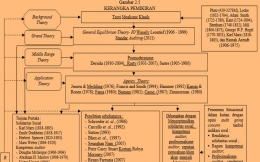Hair, J. F.; Anderson, R. E., Tatham, R. L., and Black, W. C. (1998). Multivariate Data, Analysis. New Jersey. Prentice-I-lall International, Inc.
Haladyna, Thomas M. (1994). Developing and Validating Multiple-Choice Test Items. New Jersey: Lawrence Erlbaum Associates, Publishers.
Hall, Richard.(1968).Professionalism and Bureaucratization, American Sosiological Review,(pp 33:92-104)
Hambleton, Ronald K (1993). Principles and Selected Applications of Item Response Theory. In Linn, Robert L. (Editor). Educational Measurement. Third Edition. Phoenix: American Council on Education, Series on Higher Education Oryx Press.
Hambleton, R.K. & Swaminathan, H. (1985). Item Response Theory: Principles and Applications. Boston: Kluwer. Nijhof'f Publishing.
Hambleton, Ronald K.; Swaminathan. H.; and Rogers, H. Jane. (1991). Fundamentals of Item Response Theory. California: Sage Publications, The International Professional Publishers.
Harman, Harry H. (1970). Modern Factor Analysis (Third Edition Revised). Chicago: The University of Chicago Press.
Hatch, Mary J0. 1993. The Dynamics of Orgnizational Culture, Academy of: Management Review, Vol. 18, No. 4, p.p. 657- 693.
Hennessey, J. Thomas, Jr. 1998. Reinventing Government: Does Leadership make the difference?, Public Administration Review, Vol. 58, No. 6, p.p. 522- 532.
Hofstede, Geert. 1986. Culture’s Consequences, International Differences in Work-Related Values, New Delhi: Sage Publication, Beverly Hills, London.
Heer, Wim F. de and Ger Moritz.(2000).“Data Quality Problem in Travel Survey. An International Overview”. Workshop on Respondet Issue: Sampling, Weighting and Nonresponse. Statistic Netherland.








